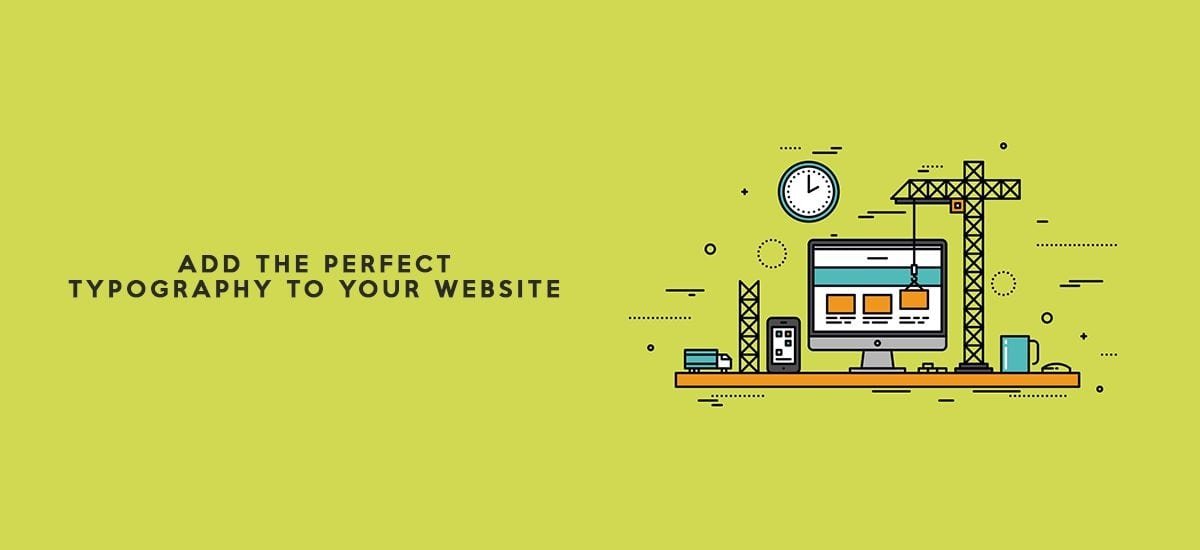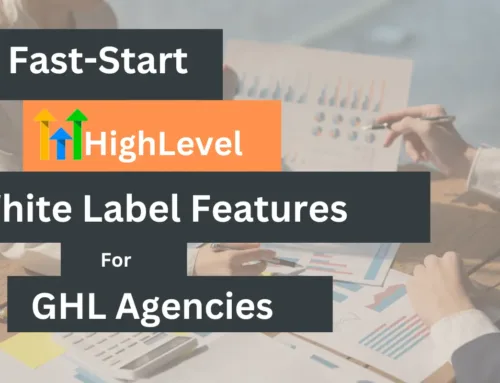Communication assumes a vital role in the configuration it’s essential to establish a reasonable connection between the site and client and to enable your clients to achieve their objectives. When we discuss communication in website architecture setting, we generally mean content. Typography assumes a vital role in this procedure that can also work for a custom website design services
Over 95% percent of data on the web is as the composed dialect.
Great typography makes the demonstration of perusing easy, while poor typography turns clients off.
Streamlining typography is upgrading readability, accessibility, usability(!), general realistic adjust.
At the end of the day: advancing your typography additionally enhances your UI. In this article, we will give an arrangement of guidelines that assist you enhance readability and legibility of your content.
1. Keep the Number of Fonts Used At a Minimum
Utilizing in excess of 3 unique fonts influences a site to look unstructured and amateurish. Remember that an excessive number of sort sizes and styles without a moment’s delay can likewise wreck any format.
Keeping in mind the end goal to prevent circumstance like this one attempt to restrain the number of font families to a base
When all is said in done, constrain the number of font families to a base (two is a bounty, one is frequently adequate) and adhere to similar ones through the whole site. In the event that you do utilize in excess of one font, guarantee the font families supplement each other in light of their character width. Take the case of fonts mixes beneath. The blend of Georgia and Verdana (left) share comparative qualities that make an amicable matching. Contrast that with the blending of Baskerville and Impact (right) where the overwhelming weight of Impact endlessly dominates its serif partner.
Guarantee the font families supplement each other in view of their character width
2. Endeavor To Use Standard Fonts
Font implanting administrations (like Google Web Fonts or Typekit) have plenty of fascinating fonts that can give your plans something new, crisp, and startling. They’re likewise super simple to utilize. Take Google for instance:
- Choose any font like Open Sans.
- Generate the code and glue in your HTML report’s <Head>.
- Done!
So what can turn out badly?
All things considered, this approach has one major issue—clients are more comfortable with standard fonts and would thus be able to peruse them speedier.
Unless your site has a convincing requirement for a custom font, for example, for marking purposes or to make an immersive experience, it’s normally best to stay with the framework fonts. The sure thing is to utilize a framework font: Arial, Calibri, Trebuchet, and so on. Remember that great typography attracts the peruser to the content, not to the sort itself.
3. Point of confinement Line Length
Having the perfect measure of characters on each line is vital to the readability of your content. It shouldn’t be your outline that directs the width of your content, it ought to likewise involve legibility. Consider this counsel on readability and line length.
On the off chance that a line is too short, the eye should go back over and over again, breaking the peruser’s mood. On the off chance that a line of content is too long, the client’s eye will experience considerable difficulties concentrating on the content
For cell phones, you ought to go for 30– 40 characters for each line
4. Pick a Typeface That Works Well In Various Sizes
Clients will get to your site from gadgets with various screen sizes and resolutions. Most UIs require content components of different sizes (catch duplicate, field names, segment headers, and so on). It’s vital to pick a typeface that functions admirably in various sizes and weights to keep up readability and ease of use in each size.
Ensure that the typeface you pick is decipherable on little screens! Attempt to maintain a strategic distance from fonts that utilization cursive content, for example, Vivaldi (in the case beneath): in spite of the fact that they are excellent, they are hard to peruse.
5. Use Fonts with Distinguishable Letters
Numerous typefaces make it too simple to confound comparative letterforms, particularly with “i”s and “L”s (as found in the picture underneath), and poor letter dispersing, for example, when a “r” and “n” resemble a “m”. So while picking your sort, make sure to look at your sort in various settings to ensure it won’t cause an issue for your clients.
6. Stay away from All Caps
All tops text — meaning content with every one of the letters cap¬i¬tal¬ized — is fine in settings that don’t include perusing, (for example, acronyms or logos), however when your message includes perusing, don’t drive your clients to peruse all tops content.
7. Try not to Minimize Spacing Between Lines
In typography, we have an uncommon term for the separating between two lines of text — leading (or line stature). By expanding the main, you increment the vertical void area between lines of content, for the most part enhancing readability in return for screen land. When in doubt, driving ought to be around 30% more than the character stature for good readability.
Legitimately utilizing void area between sections has been demonstrated to build understanding up to 20%. The expertise of utilizing blank area lies in furnishing your clients with an absorbable measure of content, at that point stripping ceaselessly superfluous subtle elements.
8. Ensure You Have Sufficient Color Contrast
Try not to utilize the same or comparable colors for content and foundation. The more noticeable the content, the speedier clients can sweep and read it. The W3C prescribes the accompanying differentiation proportions for body content and picture content:
- Small content ought to have a different proportion of no less than 4.5:1 against its experience.
- Large content (at 14 pt intense/18 pt consistent and up) ought to have a different proportion of no less than 3:1 against its experience.
These lines of content don’t meet the color differentiate proportion suggestions and are hard to peruse against their experience colors.
These lines of content meet the color differentiate proportion suggestions and are anything but difficult to peruse against their experience colors.
Once you’ve settled on your color decision, it’s totally important to test it out with genuine clients on general gadgets. On the off chance that any of the tests demonstrate an issue with perusing your duplicate, at that point you can make sure that your users will have the very same issue.
9. Abstain from Coloring Text In Red or Green
Color visual impairment is a typical condition, particularly among men (8% of men are color dazzle), it’s prescribed to utilize different signals notwithstanding color to recognize vital data. Likewise, abstain from utilizing red and green colors alone to pass on data since red and green color visual impairment is the most widely recognized type of color vision impairment.
Conclusion
Typography is a major ordeal. Settling on the correct typography decisions can give your site a vibe of freshness and cleanliness. Awful typography decisions, then again, are diverting and tend to point out themselves. It’s essential to make typography meaningful, justifiable, and intelligible.




